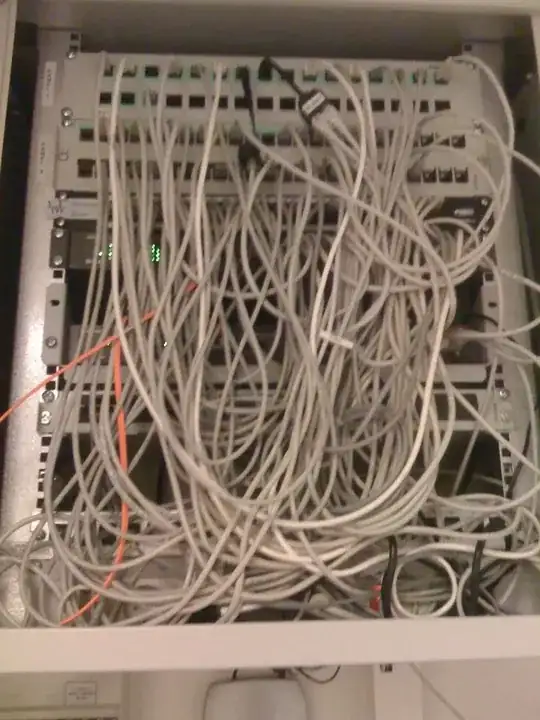If the problem is that you don't know WHERE the cables lead, here would be how I might approach it.
First, make sure all drops on the front of the patch panel are labeled properly, with unique numbers or alpha-# labels.
Next, you will probably need to get the assistance of someone after hours and get a walkie talkie and a labeler. Tell all users to leave all PCs and ethernet-connected equipment on when they leave.
Have your helper walk around with the walkie talkie and labeler. Have them unplug one device at a time. You look at your hubs\switches and check which link light goes out. Trace from there to your patch panel, and radio you helper to label the drop with whatever number you already have on your patch panel.
This will match up all drops in the office to each patch panel.
Now as far as cables going to and from stuff inside the computer room \ rack, you pretty much have to physically trace it or do the same thing as you outside drops and disconnect cables and look for link light drops to see what is being disconnected.
You can use Sticky notes to temp label cables until you print out proper lables, and I agree, cables not going outside of the computer room should be labled at both ends.
Also .. if you do need to trace your drops remote ethernet cable testers are pretty inexpensive, and you might as well plug one in to help you find out if any drops are bad..
Don't know if that helps at all

